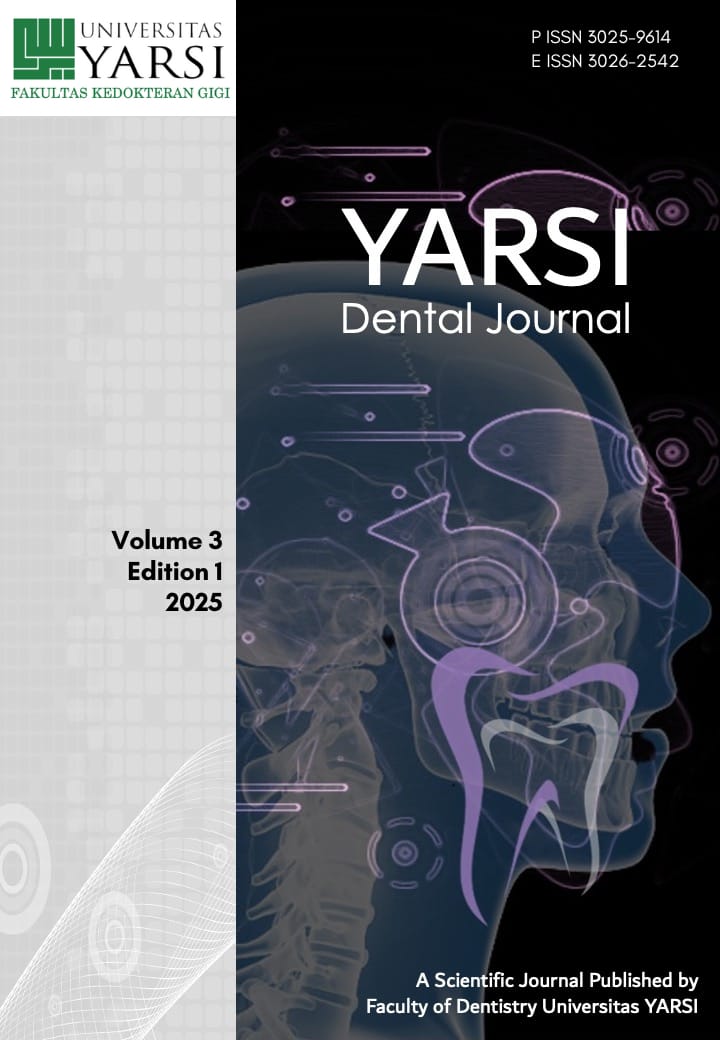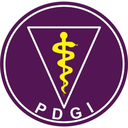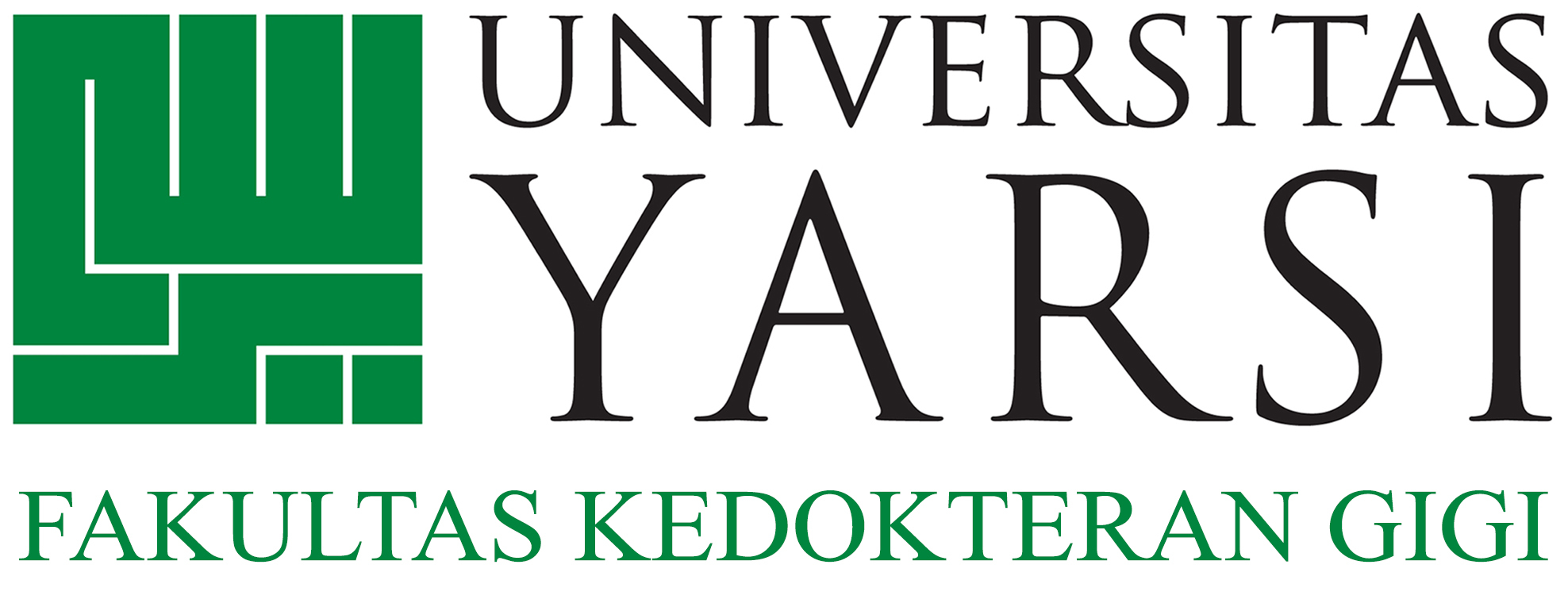Accuracy and Implementation of Dental Clinical Decision Support Systems in Indonesia for Dental Caries and Periodontal Disease
Keywords:
Clinical Decision Support Systems;, , Dental Caries;, Periodontal Diseases;, Risk AssessmentAbstract
Introduction: Clinical decision support systems (CDSS) developed in Indonesia for caries and periodontal risk assessment show diagnostic performance comparable to conventional practice. Objective: To synthesize reported diagnostic accuracy, comparative performance, and early implementation outcomes of Indonesian dental CDSS for caries and periodontal assessment. Methods: We summarized an evidence set identified from a large academic corpus and screened to include Indonesian dentistry studies that (i) developed/validated a CDSS with Indonesian patient data, (ii) compared against conventional or expert assessment, and (iii) reported diagnostic accuracy or implementation outcomes. Data elements extracted included study design, CDSS type, validation approach, and quantitative outcomes (e.g., sensitivity, specificity, accuracy, odds ratios, user acceptance). Discussion: Across caries detection, reported sensitivity ranged from 81.3% to 96.3% and specificity from 92% to 100%; accuracies spanned 82.7% to 100%. Methods included MobileNet-v3/U-net, Naive Bayes, Dempster–Shafer, fuzzy logic, case-based reasoning, and bespoke tools (e.g., SKOR GIGI; Pediatric Caries Predictor). Periodontal assessments reported accuracies of 90–96%, with an RCT noting higher odds of correct staging (OR 4.43, p=0.001) and grading (OR 30.30, p<0.001) versus conventional evaluation; an NLP (BERT) pipeline outperformed a multilayer perceptron for staging/grade classification. Early implementations (web-based tools, school screening) indicated improved detection/coverage, better oral-health indices, high parent awareness (96%), and user satisfaction (~88%). Conclusion: Within Indonesian settings, dental CDSS can match or exceed conventional diagnostic accuracy and support treatment recommendations, though generalizability is limited by small samples, incomplete reporting, and scarce pragmatic evaluations.
References
Soheili, F., Delfan, N., Masoudifar, N., Ebrahimni, S., Moshiri, B., Glogauer, M., & Ghafar-Zadeh, E. (2024). Toward Digital Periodontal Health: Recent Advances and Future Perspectives. Bioengineering, 11(9), 937.https://doi.org/10.3390/bioengineering11090937
Chairunisa F, Ramadhani A, Takehara S, Thwin KM, Tun TZ, Okubo H, Hanindriyo L, Bramantoro T, Ogawa H. Oral Health Status and Oral Healthcare System in Indonesia: A Narrative Review. J Int Soc Prev Community Dent. 2024 Oct 29;14(5):352-364. doi: 10.4103/jispcd.jispcd_73_24. PMID: 39677530; PMCID: PMC11637162.
Borges do Nascimento IJ, Abdulazeem H, Vasanthan LT, Martinez EZ, Zucoloto ML, Østengaard L, Azzopardi-Muscat N, Zapata T, Novillo-Ortiz D. Barriers and facilitators to utilizing digital health technologies by healthcare professionals. NPJ Digit Med. 2023 Sep 18;6(1):161. doi: 10.1038/s41746-023-00899-4. PMID: 37723240; PMCID: PMC10507089.
Xu Q, Xie W, Liao B, Hu C, Qin L, Yang Z, Xiong H, Lyu Y, Zhou Y, Luo A. Interpretability of Clinical Decision Support Systems Based on Artificial Intelligence from Technological and Medical Perspective: A Systematic Review. J Healthc Eng. 2023 Feb 3;2023:9919269. doi: 10.1155/2023/9919269. PMID: 36776958; PMCID: PMC9918364.
A’yun, Q., Hendrartini, J., Santoso, A., & Nugroho, L. (2014). The sensitivity and specificity test of Pediatric Caries Predictor software.
Aluditasari, A., Fauziah, E., & Budiardjo, S. (2023). Indonesian version of Caries Management by Risk Assessment mobile application “SKOR GIGI” in highly educated parents. Dental Journal (Majalah Kedokteran Gigi). https://doi.org/10.20473/j.djmkg.v56.i4.p251-254
Ameli, N., Firoozi, T., Gibson, M., & Lai, H. (2024). Classification of periodontitis stage and grade using natural language processing techniques. PLOS Digital Health. https://doi.org/10.1371/journal.pdig.0000692
Bumm, C., Wölfle, U. C., Kessler, A., Werner, N., & Folwaczny, M. (2023). Influence of decision-making algorithms on the diagnostic accuracy using the current classification of periodontal diseases—A randomized controlled trial. Clinical Oral Investigations. https://doi.org/10.1007/s00784-023-05264-z
Dila, R., Wirdawati, W., Chan, F. R., Harnaranda, J., & Sovia, R. (2025). Pendiagnosaan penyakit karies gigi menggunakan fuzzy expert system dengan kombinasi metode Fuzzy Logic Tsukamoto dan Certainty Factor [Diagnosis of dental caries using a fuzzy expert system combining Tsukamoto fuzzy logic and the certainty factor method]. JATI (Jurnal Mahasiswa Teknik Informatika). https://doi.org/10.36040/jati.v9i3.13855
Fariz, K. A. (2015). Sistem pakar diagnosa penyakit karies gigi menggunakan metode fuzzy Mamdani [Expert system for diagnosing dental caries using the Mamdani fuzzy method].
Faza, A. F. (2019). Sistem klasifikasi stadium caries gigi menggunakan Naive Bayes classifier [Classification system for dental caries staging using a Naive Bayes classifier].
Jusman, Y., Nur’aini, M. A., & Puspitasari, S. (2022). Gabor filter-based caries image feature analysis using machine learning. In 2022 5th International Seminar on Research of Information Technology and Intelligent Systems (ISRITI). https://doi.org/10.1109/ISRITI56927.2022.10053054
Kenneth, B., Tobing, F. A. T., Kusnadi, A., Ulum, M. B., Saputra, M. I., & Hassolthine, C. R. (2024). Development and implementation of a web-based expert system for diagnosing permanent tooth caries using the certainty factor approach. In 2024 7th Asia Conference on Cognitive Engineering and Intelligent Interaction (CEII). https://doi.org/10.1109/CEII65291.2024.00021
Masriadi, D. I. H. (2020). Effect of web-based early diagnosis of dental and oral diseases with validity level of dentist final diagnosis in Public Health Center, Makassar, Indonesia. Indian Journal of Forensic Medicine & Toxicology. https://doi.org/10.37506/IJFMT.V14I2.3186
Mauk, I. B. C., Sina, D. R., & Ledoh, J. R. M. (2025). Implementasi metode Dempster–Shafer untuk mendiagnosis karies gigi [Implementation of the Dempster–Shafer method for diagnosing dental caries]. Jurnal Transformatika. https://doi.org/10.26623/cw57h274
Munif, M. (2016). Pemodelan sistem pakar diagnosis penyakit periodontal pada gigi dan mulut menggunakan metode AHP–SAW [Modeling an expert system for diagnosing periodontal disease of the teeth and oral cavity using the AHP–SAW method].
Nurlia, E., Jajuli, M., & Purnamasari, I. (2021). Penerapan naïve Bayes untuk klasifikasi tingkat risiko diagnosis gigi di UPTD Puskesmas Cingambul [Application of Naïve Bayes to classify levels of dental diagnostic risk at UPTD Puskesmas Cingambul]. JIKO (Jurnal Informatika dan Komputer). https://doi.org/10.33387/jiko.v4i2.3190
Pratiwi, N., Agus, S., & Poewarni, S. K. (2003). Pengembangan teknologi tepat guna diagnostik sederhana pelayanan kesehatan gigi dengan peran serta guru UKGS [Development of appropriate technology for simple diagnostic services in dental health with the participation of School Dental Health Program (UKGS) teachers].
Ridwan, M., Maulana, A., Syahputera, A., & Ulfani, M. (2021). Sistem pakar diagnosa penyakit periodontal menggunakan metode Dempster–Shafer [Expert system for diagnosing periodontal disease using the Dempster–Shafer method]. Simetris: Jurnal Teknik Mesin, Elektro dan Ilmu Komputer. https://doi.org/10.24176/simet.v11i2.5322
Sasmita, R., Mandyartha, E. P., & Wahyu Syaifullah, J. S. (2021). Sistem diagnosa penyakit periodontal menggunakan metode case-based reasoning dan similaritas Sorgenfrei [Diagnostic system for periodontal disease using case-based reasoning and the Sorgenfrei similarity]. Jurnal Informatika dan Sistem Informasi.
Setyawan, O. E. (2014). Pengembangan sistem pakar untuk memprediksi penyakit gigi menggunakan pohon keputusan ID3 [Development of an expert system to predict dental diseases using the ID3 decision tree].
Sofiani, E., Arinawati, D. Y., Putri, S. S., & Martadewi, F. A. (2024). Caries incidence rates examination through the Indonesian Digital Caries Risk Assessment for parents of Muhammadiyah Warungboto Elementary School Yogyakarta. E3S Web of Conferences. https://doi.org/10.1051/e3sconf/202457003009
Susilo, S. (2017). Sistem pakar diagnosa jenis karies gigi menggunakan metode Naive Bayes classifier [Expert system for diagnosing types of dental caries using the Naive Bayes classifier].
Zhang, J.-w., Fan, J., Zhao, F.-b., Ma, B., Shen, X.-q., & Geng, Y. (2024). Diagnostic accuracy of artificial intelligence-assisted caries detection: A clinical evaluation. BMC Oral Health. https://doi.org/10.1186/s12903-024-04847-w
Downloads
Published
How to Cite
Issue
Section
License
Copyright (c) 2025 Asrul Ismail

This work is licensed under a Creative Commons Attribution-ShareAlike 4.0 International License.

This work is licensed under a CC Attribution-ShareAlike 4.0

 Asrul Ismail
Asrul Ismail
 Universitas Islam Negeri Alauddin Makassar
Universitas Islam Negeri Alauddin Makassar






